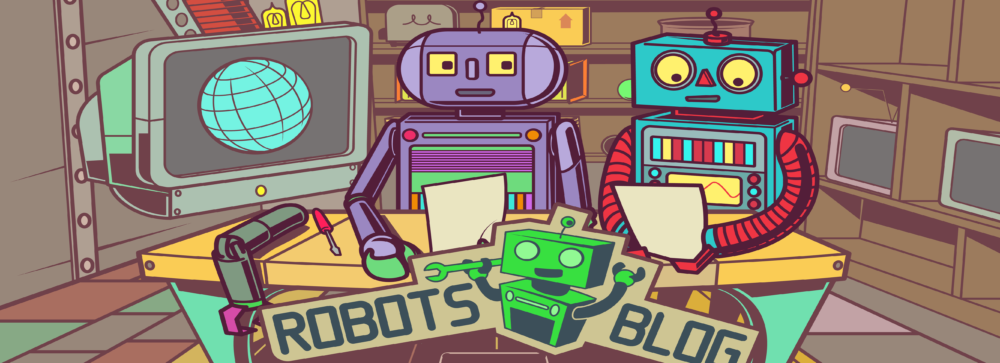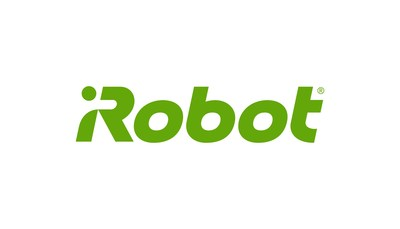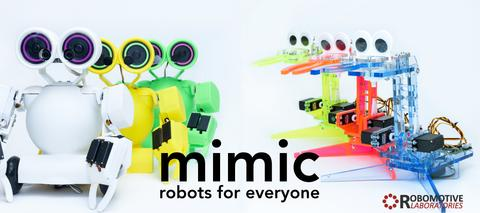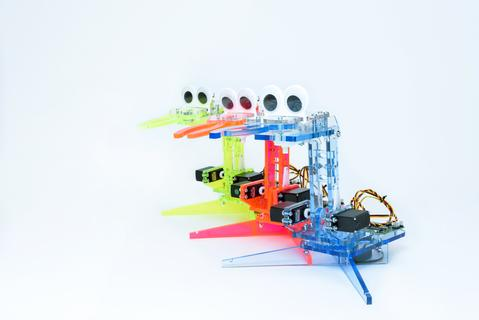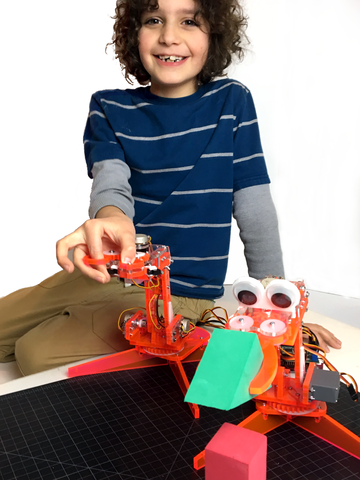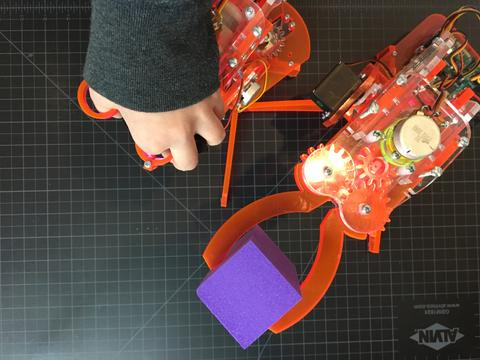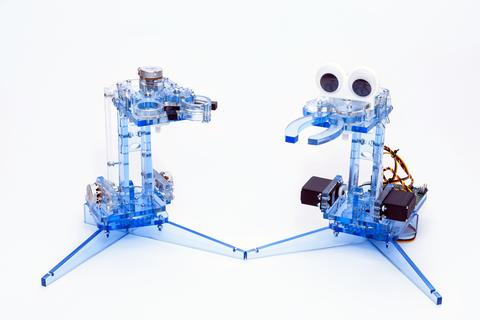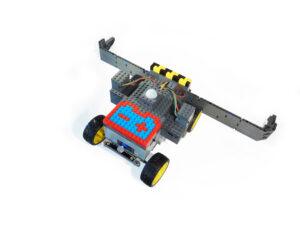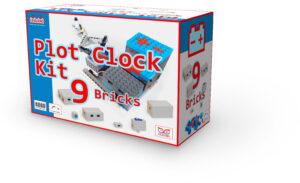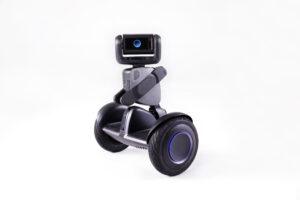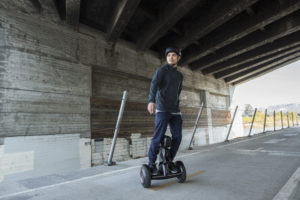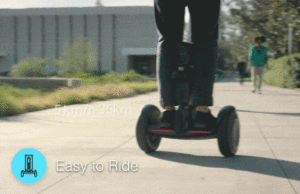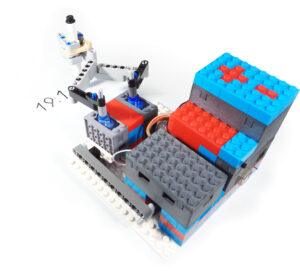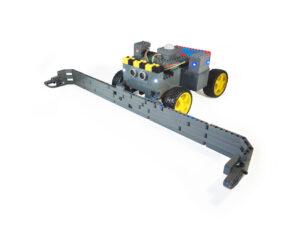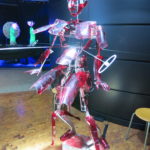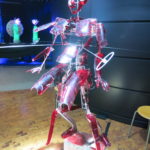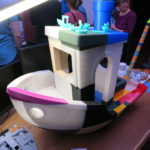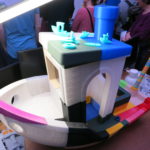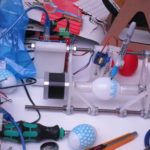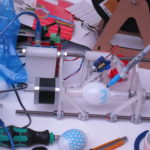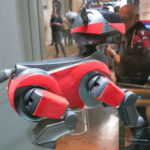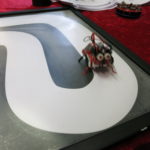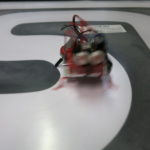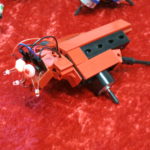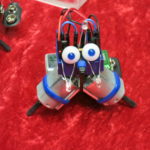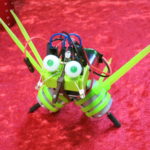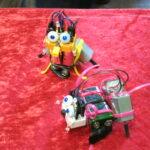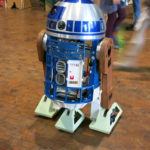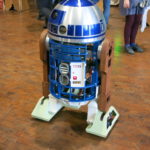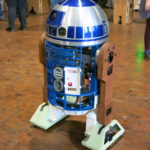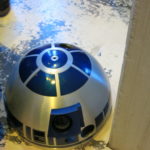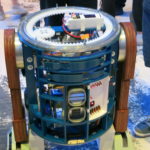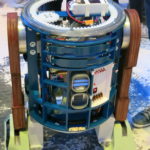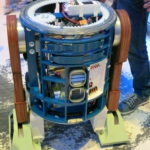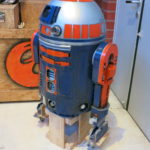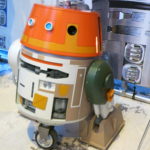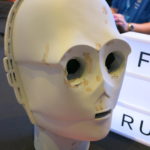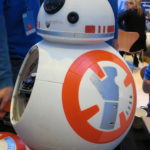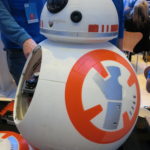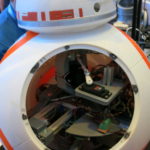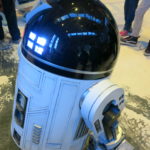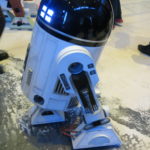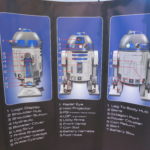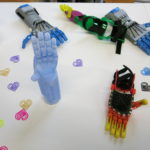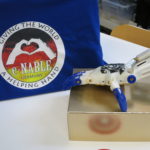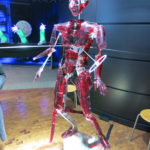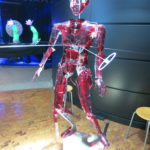Interact with the world’s leading robots and see them in action at the dedicated Service Robotics Demo Park at automatica 2018. From June 19 to 22 in Hall B4, over a dozen exhibitors will be showcasing a wide range of professional service robots, in applications from detection and individual picking of objects, cleaning and transport to rehabilitation, personal assistance and public relations.
“Hey, I’m Paul, I’m a mobile service robot. Can I guide you through the park?”
Making its premiere at automatica’s Demo Park this year, Care-O-bot 4 is a mobile robot assistant that actively guides and supports humans in environments such as retail stores, hostels, offices and, as in this case, exhibition spaces.
If visitors give a positive answer to its question, Care-O-bot 4 will ask if they are interested in a particular application area and will offer to guide them there or provide alternative suggestions.
Care-O-bot 4 aka “Paul” is already guiding customers in several retail stores. Dr. Ulrich Reiser, CEO and Director of Care-O-bot 4 developer Mojin Robotics, expects the number of Care-O-bots operating in public to increase significantly in the next years: “The goal of Mojin is to support qualified personnel by taking over simple tasks, thereby increasing their productivity and satisfaction”.
Rehabilitation robots and more
Providing a different kind of assistance, in physical rehabilitation, the RIC (Robotic Interactive Care) system, a product of the company BEC, combines a lightweight KUKA iiwa robot to enable re-learning of motor skills after neurological injury. The robot’s end effector is fitted with a baby shoe, ready for a game of football. The patient grasps the shoe and plays the game on the big screen in front of them. The level of assistance can be adjusted and, says BEC Project Manager, Oussama Benfarah, “the system provides real-time tracking of biofeedback data and an interactive gaming aspect that keeps the patient motivated.”
Mobile, lightweight and focused on personal assistance applications (it can complete 30 different tasks altogether), Lio is a human-friendly collaborative mobile robot with a robotic arm, voice control, sensory skin and internet functions, developed by the Swiss company F&P Robotics. Lio can help elderly and handicapped people, support nursing staff, serve food, clear the table, clean, and more.
Another robot that’s equally at home both in a domestic and factory environment, is the “KINOVA Ultra lightweight robotic arm”, designed by French-Canadian company, Kinova. Originally intended to aid people with upper-body limitations, this is a six-axis robotic manipulator arm with a two or three-finger hand that can individually grasp different kind of objects. Whereas in assistive applications it might be used for adjusting a thermostat or brushing one’s teeth, at automatica 2018 it will be shown in an industrial application where visitors can ask the robot to pick up specific tools from a table. “Kinova’s mission is to further the human cause by empowering people to achieve the extraordinary,” says Olivier Pharand-Allard, Regional Manager for Europe. “Our robotic arm solutions are very safe, versatile and power-efficient, allowing people to be more autonomous, more efficient, and to achieve more. There is no need too small, no task too great.”
Flexible, interactive and easy to use
In today’s professional service robotics sector, complicated programming and tricky interfaces are a thing of the past; “easy-to-use”, “versatile” and “human-friendly” are the buzz words not only at this year’s automatica. These are qualities also to be found in the plug and play smart automation product of the Belgian company Pick-it. Integrating with all leading robot brands, it is a 3D camera and software to detect individual parts’ positions, even in poor visibility, when items overlap or come in varying sizes and materials.
Whether visitors are investigating pick-and-place options or want to meet Care-O-bot 4 “Paul”, the Service Robotics Demo Park should be on everyone’s priority list at automatica 2018. Never before has there been such a wealth of service robots to watch, learn about and interact with.
The exhibits will be showcased daily in shows presented by an emcee. The shows start every full hour.
